CBD, THC & HHC - Key differences
A comprehensive overview of effects, differences to other cannabinoids and legal aspects
The hemp plant is one of the oldest useful and medicinal plants and was used in China for food, clothing, fishing nets, oil and medicine as early as 6,000 years ago. From Central Asia, hemp reached the Middle East, spread across Europe to North and South America and was also cultivated in Germany until the middle of the last century. It also contains 113 cannabinoids, of which THC or tetrahydrocannabinol is considered the most powerful psychoactive substance.
THC at a glance
THC, also known as delta-9-tetrahydrocannabinol, is one of the best-researched cannabinoids in the hemp plant. Over the millennia, the plant has found a wide range of uses. However, the plant's reputation was overshadowed for a long time by its intoxicating properties, which led to legal restrictions.
Differences from other cannabinoids
The hemp plant contains not only the well-known THC, but also around 113 other cannabinoids. These include the non-intoxicating CBD, CBG or CBN, which can be isolated from one another using modern scientific methods. Unlike THC, CBD is legal and is classified as harmless by the World Health Organization.
Where is THC contained?
THC content in cannabis flowers
THC is mainly extracted from the female, unfertilized cannabis flowers, as this is where the THC content is highest at 6 to 20%. Interestingly, the rest of the plant only contains about one percent THC, while hemp seeds are even THC-free. It is important to know that eating the plant parts raw does not have an intoxicating effect - because the THC is only activated when heated.
Formation of THC through biosynthesis
THC is present in the cannabis plant in its inactive form as THCA. Through decarboxylation, i.e. heating, THCA is converted into THC, which releases the intoxicating effect. Smoking hemp is therefore the fastest method to activate THC.
effects of THC
Chemical Structure and Endocannabinoid System
The chemical structure of THC is similar to the body's chemical anandamide, which allows the body to immediately recognize THC and alter normal communication in the brain. THC works through the endocannabinoid system, a neural network that plays a crucial role in the normal functioning of the nervous system.
Areas affected by THC
The consumption of THC affects various areas such as pleasure, memory, thinking ability, concentration, movement, coordination, and sensory and time perception.
Why does THC make you high?
THC affects mental and physical functions, resulting in the state known as "high." This can affect the ability to drive, exercise, and other physical functions.
Long-term effects of THC
Cannabis is the most commonly consumed illegal drug in Germany, especially among adolescents and young adults. While most users use it occasionally or stop after a short time, there is a group that uses it regularly for several years. This raises the question of the possible long-term consequences:
|
Brain: influence on brain performance |
Since the 1970s, researchers have been looking into the question of possible brain damage caused by cannabis consumption. The current state of research suggests that substantial brain damage is unlikely. However, a deterioration in brain performance has been observed with prolonged and intensive consumption. This manifests itself in poorer learning and memory performance in regular users. However, brain performance improves rapidly with abstinence and it is currently unclear whether mild impairments lead to permanent damage. |
|
Respiratory tract: stresses and possible consequences |
Inhaled foreign substances generally put a strain on the respiratory tract. The question of whether smoking cannabis increases the risk of respiratory diseases has not yet been clearly answered. Studies show that heavy cannabis smokers may have an increased risk of bronchitis and inflammation of the respiratory mucous membranes. However, it is unclear whether these effects are due to the inhaled tobacco smoke. According to a longitudinal study, long-term cannabis consumption shows hardly any reduction in lung capacity. However, the risk is the same as with smoking tobacco. Hookahs do not reduce the risk, they only cool the smoke. |
|
Pregnancy: influence on the development of the newborn |
The research on the effects of maternal cannabis consumption on the development of the newborn is contradictory. Since endogenous cannabinoids play an important role in brain development, pregnancy is considered a sensitive period. Although the research is not clear, pregnant women are advised to avoid cannabis as well as alcohol, nicotine and other drugs as a precautionary measure. |
|
hormonal and immune systems: influencing the functions |
There is no clear evidence to date of the influence of cannabis on the hormonal and immune systems. Some studies suggest that sexual function in men and the menstrual cycle in women may be impaired. Sperm concentration and sperm motility may also decrease in men. However, these effects appear to be reversible after abstinence. |
|
cardiovascular system: Possible risks and current state of research |
Possible effects on the cardiovascular system have only recently been researched. Preliminary study results indicate an increased risk of heart attack in the first hour after cannabis consumption. However, further studies are needed to estimate the actual risks. |
|
Dependency: psychological and physical components |
With long-term use, a psychological dependence can develop, with the feeling that one can no longer live without cannabis. Contrary to previous assumptions, withdrawal symptoms can also occur if consumption is temporarily stopped or reduced. This suggests that there is a physical component to dependence, even if it is less pronounced than with alcohol or heroin addiction. The risk of addiction varies depending on individual psychosocial risk factors. Psychological problems such as depression or anxiety symptoms increase the risk of abusing cannabis as "self-medication". |
|
Psychoses: triggers and risk factors |
Studies have examined whether cannabis can trigger permanent psychosis. Although this has not yet been conclusively clarified, there is increasing evidence that cannabis does not trigger cannabis psychosis on its own, but can trigger an existing schizophrenia. The vulnerability-stress model states that genetic vulnerabilities together with external factors can trigger psychosis. The risk of psychosis increases with the intensity of consumption, especially with highly potent cannabis varieties. |
The consumption of THC
cannabis for food
Edibles, i.e. foods containing cannabis, such as CBD gummy bears, are becoming increasingly popular. Numerous recipes for making cannabis-infused delicacies such as cookies or brownies are easily accessible on the Internet.
tinctures and oils
Another option for oral consumption is tinctures and oils. CBD oils are currently experiencing a real hype. However, laws and guidelines such as the Novel Food Regulation have created uncertainty as to whether the consumption of CBD products is permitted. In less restrictive countries, hashish oil is also very popular. Here you can find the Calma CBD oils.
Many people are unaware that cannabis can also be used topically, i.e. applied directly to the skin. A thriving market for CBD cosmetics has developed, and it remains to be seen whether other cannabinoids will find their way into the cosmetics industry.
dabbing
Dabbing refers to the vaporization of special concentrates, so-called dabs, at extremely high temperatures. Although dabbing is known in Germany primarily for the dance figure of the same name, it still plays a rather minor role compared to other forms of consumption.
Traditional smoking weed
Despite cannabinoids such as CBD and CBG, most people still think of smoking weed when they think of cannabis consumption. Most users consume cannabis flowers in the form of a joint, blunt or spliff. However, it is important to stress that not all consumption carries the same risks.
What exactly does smoking weed mean?
Smoking weed typically refers to smoking cannabis flowers containing THC in a joint. CBD joints and other forms in which cannabis is burned also fall under this term. Bongs, pipes and blunts also play a role.
Alternative to smoking - vaping
A less harmful alternative to smoking is vaping CBD or vaporizing cannabis. This method, known as vaping, is particularly popular among medical cannabis users. Vaporizing flowers in a cannabis vaporizer is a gentle and efficient way of consumption.
Side effects and long-term consequences of THC consumption
short- and long-term side effects
In the short term, THC use can lead to impairment of short-term memory, reduced coordination, and an increased risk of injury. In the long term, dependence, cognitive impairment, and other consequences can occur, especially if used early in adolescence.
influence on the brain
In the long term, THC can alter the areas of the brain responsible for memory and attention, which can lead to thinking and learning disorders. The effects depend on when consumption begins, the amount and the frequency.
Legal Aspects: THC and the Narcotics Act
Legal situation in different countries
THC is illegal in most countries and is subject to narcotics law. There are exceptions for specially certified hemp varieties with a low THC content and for medical cannabis under strict conditions.

detectability of THC
THC and its breakdown products can be detected by drug tests. The detection time depends on the frequency of consumption, the amount consumed and the general condition of the person.
Who consumes cannabis and why?
diversity of consumers
There is no such thing as a typical cannabis consumer. Cannabis is now present in all social classes and legalization is considered necessary in order to rethink the way society deals with cannabis. Questions about consumption behavior, such as the use of vaporizers by cannabis patients, are more useful than blanket judgments.
reasons for consumption
There are many reasons for consuming cannabis. Some people consume it for pleasure and intoxication, with products containing THC and HHC being popular. However, THC is increasingly being used for medicinal purposes and is even available on prescription. CBD, on the other hand, is often used to increase general well-being without any psychoactive effects.
Medical Uses of THC
studies on medical cannabis
There is evidence that adjunctive use of THC may be beneficial for certain medical conditions. Medical cannabis is already approved in some countries, but further research is needed.
The cannabinoid active ingredients and their role
The therapeutic effect of medical cannabis is based primarily on the ingredients THC and CBD. These influence the body via the endocannabinoid system, which is present throughout the body. Although initial study results are promising, the number of high-quality studies is still limited, which leads to moderate to unclear significance depending on the clinical picture.
From medicinal plants to state regulation
Medical cannabis is regulated by the Federal Institute for Drugs and Medical Devices (BfArM) and the state cannabis agency. Quality is controlled during cultivation, processing and distribution. Although cannabis is widely used as an intoxicant, it also has a long tradition as a medicinal plant. The discussion about providing patients with cannabis-based medicines is still controversial, as the potential for addiction is considered to be low compared to other substances.
Medical intake
Medical cannabis therapy is mainly carried out by inhalation using a medical vaporizer or by oral ingestion in the form of drops or capsules. Inhalation provides a quick effect, while oral ingestion has a longer, delayed effect. The choice of dosage form depends on the individual needs of the patient.
In which cases is medical cannabis used?
Medical cannabis has a wide range of therapeutic applications as it affects the endocannabinoid system, a signaling system in the body with a widespread presence throughout the organism. The effects of cannabis preparations are being investigated in numerous studies, with some promising results. Potential indications, resulting from clinical studies with moderate to sufficient power, include:
- Chronic pain: For example, in connection with cancer, rheumatism or multiple sclerosis.
- Spasticity (cramps) : in multiple sclerosis
- Chemotherapy-induced: nausea and vomiting
- Rare forms of epilepsy: such as Lennox-Gastaut syndrome and Dravet syndrome.
- Weight loss and anorexia: in HIV/AIDS
Other potential areas of application where study results are of low to unclear significance are:
mental illnesses
- Tourette syndrome
- attention deficit hyperactivity disorder (ADHD)
- Posttraumatic Stress Disorder (PTSD)
- sleep disorders
- anxiety disorders
- depression
- Schizophrenic psychosis (CBD)
- obsessive-compulsive disorder (CBD)
- addictions
- anorexia nervosa (anorexia nervosa)
Neurodegenerative and neurological diseases
- Alzheimer's disease
- Parkinson's disease
- Huntington's disease
- Amyotrophic lateral sclerosis (ALS)
- dystonia
- tremor
- restless legs syndrome
Inflammatory bowel diseases
- Crohn's disease
- ulcerative colitis
palliative care
In cancer
glaucoma
Typically, medical cannabis is used as an add-on therapy, in addition to medications or therapies already in use. Prescription requires the presence of a "serious medical condition" for which proven treatment options have failed or are unavailable. Doctors can decide whether to use a treatment option even if it is available, taking into account the expected side effects and the condition of the disease. For example, doctors and patients might decide together against trying opioids if there is a history of substance abuse or digestive problems.
CBD & THC
|
cannabidiol (CBD) |
tetrahydrocannabinol (THC) |
|
CBD, short for cannabidiol, is a chemical compound found in the cannabis plant. Unlike THC, CBD is non-psychoactive, meaning it does not produce a "high" effect. CBD is primarily derived from the hemp plant, a variety of cannabis with low THC levels. It is known for its potential therapeutic properties, which include pain relief, anti-inflammatory, and possibly helping with anxiety and depression. In many countries, CBD is legal and is sold in various forms such as oils, capsules, and topical creams. |
THC, or tetrahydrocannabinol, is the main psychoactive component in cannabis. It is responsible for the feeling of intoxication or "being high" often associated with marijuana. THC binds to receptors in the brain and affects functions such as mood, pain perception, and memory. Although it has medicinal uses, particularly in pain relief and appetite stimulation, it is heavily regulated in many parts of the world due to its psychoactive properties. |
Chemical differences
Chemically, CBD and THC are almost identical, with only minor differences in their molecular structure. However, these small differences are crucial to the different effects they have on the body. THC binds directly to the cannabinoid receptors in the brain, resulting in psychoactive effects, while CBD has an indirect effect and does not result in a high.
effects on the body
CBD and THC interact with the body's endocannabinoid system, which plays a role in regulating a variety of functions. CBD is often used to treat conditions such as epilepsy, inflammation, and anxiety. THC, on the other hand, is valued for its pain-relieving properties and its ability to reduce nausea and increase appetite. Both compounds can have side effects, with THC potentially causing memory problems, altered perception, and in some cases, anxiety.
Legal aspects and availability
The legal situation of CBD and THC varies considerably around the world. CBD is legal in many countries and is sold as a dietary supplement or medicinal product. THC, on the other hand, is illegal or strictly controlled in many regions due to its psychoactive effects. In some areas, medical marijuana containing THC is legal for certain conditions.
areas of application
CBD is used in a variety of health and wellness products, from pain relief to possible neuroprotective properties. THC is used in some medical contexts to treat pain, spasticity in multiple sclerosis, and to relieve chemotherapy-induced nausea.
THC & HHC
What is HHC?
Hexahydrocannabinol, abbreviated HHC, is one of the numerous cannabinoids in the cannabis plant that has only recently received increased attention despite its discovery in the 1940s. Unlike CBD, HHC can produce psychoactive effects.
HHC is another cannabinoid from the hemp plant - While it is already established in the USA, it is still largely unknown in Europe. It was discovered in 1940 by Roger Adams, an American chemist. However, due to the low natural occurrence in the hemp plant and the complex extraction processes, HHC has received little attention. Synthetically produced HHC is usually used.
Production of HHC: HHC is produced synthetically in the laboratory through hydrogenation, as its natural content in the hemp plant is minimal. There are two variants of HHC molecules, 9R HHC and 9S HHC, which affect the effects.
Effect and effectiveness: The effectiveness of HHC depends on the ratio of the 9R and 9S HHC molecules. Since the study situation is limited, there are different reports and the exact therapeutic effects are still unknown.
Legal aspects: The legal situation of HHC varies from country to country, with synthetic HHC already being classified as a psychoactive substance in some countries.
Side effects and detectability: Experience reports indicate possible side effects, but the safety and detectability in drug tests have not yet been conclusively clarified.
Dosage forms: HHC is mainly available synthetically as oil, liquid for e-cigarettes or as chewable tablets.
Advantages and Disadvantages of HHC
Advantages |
Disadvantages |
|
|
|
|
|
|
Is HHC the same as THC?
An interesting pair among these compounds are HHC (hexahydrocannabinol) and THC (tetrahydrocannabinol), which are not only chemically similar but also have comparable effects.
The origin of HHC and its similarity to THC
The discovery of hexahydrocannabinol goes back to the American chemist Roger Adams. Adams first synthesized HHC by hydrogenating THC. This process adds two additional hydrogen atoms to the THC, which leads to structural changes. Both the molecular formula and the structural formula of the two cannabinoids show a clear similarity.
Comparison of effects between HHC and THC - Due to the structural similarity of HHC and THC, their effects are also similar. Experience reports suggest that in many cases the HHC high only differs from the THC high in intensity. HHC therefore has a similar psychoactive effect to THC, which makes it attractive to some consumers.
HHC as a legal alternative to THC - HHC is gaining popularity because it may have a legal advantage over THC. The current situation suggests that HHC is legal, which makes it attractive to many consumers. Another advantage may be its longer shelf life, as hexahydrocannabinol is considered to be more chemically stable and thus better protected against oxidation.
Risks and Considerations - Despite the potential benefits of HHC, there are concerns about its research and availability. In contrast, the risks of THC are better understood and consumers can make informed decisions about consumption. Highly concentrated HHC products, especially man-made variants such as HHC-O acetate, may contain potentially harmful substances.
Differences to CBD
A comparison of CBD and HHC reveals fundamental differences in terms of safety, availability, intoxicating effects and scientific research.
feature |
HHC |
CBD |
|
structure |
hydrogen-saturated form of THC |
Unique structure without double bonds |
|
Psychoactive Effect |
No |
No |
|
main benefit |
Still in research, potential pain relief and sleep support |
Anti-inflammatory, anxiolytic, neuroprotective |
|
receptor binding |
Weak binding to cannabinoid receptors |
Low binding to cannabinoid receptors |
|
frequency in plant |
Rarely |
Frequently |
|
compatibility |
Generally well tolerated, but less researched |
Very well tolerated |
|
availability |
Varies by region |
Freely available in many countries |
|
intoxicating effect |
No |
No |
|
risk of addiction |
Unknown, but probably low |
No known addictive potential |
Differences between HHC and other cannabinoids
|
cannabinoid |
Psychoactive |
Medical Benefits |
occurrence in the plant |
|
HHC |
No |
Yes |
Rarely |
|
THC |
Yes |
Yes |
Frequently |
|
CBD |
No |
Yes |
Frequently |
Medical Application of HHC
Pain management: HHC has shown promise as a means of relieving pain, especially in patients with chronic pain.
Sleep support: HHC has been reported to help with sleep disorders and insomnia by making it easier to fall asleep and promoting restful sleep.
Neuroprotection: Preliminary research suggests that HHC may have neuroprotective properties that protect brain cells from damage.
How to consume HHC
The correct dosage of HHC depends greatly on the preferred method of consumption. HHC liquids are vaporized and inhaled, HHC flowers are usually smoked or also vaporized, while HHC edibles, such as HHC gummy bears, are simply eaten.
There are several ways to take HHC, depending on your preference and medical needs:
-
HHC Vape
Onset of action: Practically immediately or after 30 minutes at the latest.
Duration of effect: Usually after one hour at the latest.
Harmfulness: Increased health risk that goes beyond the side effects of HHC.
-
HHC flowers (smoking)
Onset of action: Almost immediately or after 30 minutes at the latest.
Duration of effect: Usually after one hour at the latest.
Harmfulness: Very harmful to health.
-
HHC flowers (steam)
Onset of action: Practically immediately or after 30 minutes at the latest.
Duration of effect: Usually after one hour at the latest.
Harmfulness: Vaporizing (medical) cannabis flowers is a gentle form of application.
-
HHC Hashish (smoking)
Onset of action: Almost immediately or after 30 minutes at the latest.
Duration of effect: Usually after one hour at the latest.
Harmfulness: Very harmful to health.
-
HHC Edible Substances
Onset of action: The effect occurs after 30-90 minutes, in exceptional cases up to 2 hours.
Duration of effect: Depending on the amount, tolerability and other factors, over many hours.
Harmfulness: The form of application does not increase the health risk.
-
HHC Spray (sublingual)
Onset of action: variable
Onset of action: varies between almost immediate and 30 minutes.
Duration of action: Depends on absorption through the oral mucosa.
Harmfulness: Sublingual use carries low risks but may affect the effect.
-
HHC oil (oral)
Onset of action: The effect occurs after 30-90 minutes.
Duration of effect: Depends on the amount and individual factors.
Harmfulness: The form of application does not increase the health risk.
It is recommended to consult a doctor before taking HHC to ensure safety and effectiveness.
Are there any side effects of HHC?
Is HHC dangerous? - As with all cannabinoids, some people may experience side effects.
Due to the lack of long-term studies on HHC consumption, it is challenging to provide a precise list of side effects and risks. Nevertheless, consumer experiences and isolated studies allow us to at least gain a preliminary insight. User reports point to potential side effects such as dizziness, nausea, paranoia, anxiety and restlessness in connection with HHC consumption. At higher doses, palpitations and an increase in blood pressure can also occur.
It is important to speak to a doctor before consuming HHC or other cannabinoids.
Is HHC legal?
The question of the legality of HHC in Germany is complex and raises a number of aspects. Despite the apparent freedom for HHC-containing products on the market, the exact legal situation remains uncertain. Here we take a look at current findings, age restrictions and possible developments.
Is HHC legal in Germany?
The legal situation of HHC in Germany is based on the New Psychoactive Substances Act (NpSG), which prohibits synthetic cannabinoids. This raises the crucial question: is hexahydrocannabinol (HHC) synthetically produced or does it occur naturally in the cannabis plant? Since HHC is produced through hydrogenation and is therefore considered a semi-synthetic cannabinoid, many manufacturers argue that the NpSG does not apply to their HHC-containing products. In addition, HHC is not listed in the Narcotics Act (BtMG), which some interpret as another indication of its legality.
age restriction of HHC products
Regardless of the legal situation, most HHC suppliers have introduced an age restriction on their products and purchase is only possible from the age of 18. We still advise caution, especially when consuming HHC at a young age, as the structural similarity to THC could indicate that HHC could impair brain development.
HHC legality

|
🟩 - Legal |
⬜️ - Grey area in legislation |
|
🟧 - Prohibition / Regulation |
🟥 - Illegal |
Can HHC trigger a drug test?
Since HHC is not psychoactive, it is unlikely to trigger a drug test. However, it is advisable to refrain from consuming cannabinoids before a drug test.
HHC compared with other cannabinoids
With over 100 known cannabinoids in the cannabis plant, HHC stands out for its non-psychoactive nature. This makes it particularly attractive for medical applications in regions where psychoactive substances are strictly regulated.
Future prospects for HHC
With the increasing legalization of cannabis and the growing acceptance of cannabinoids in the medical community, HHC is expected to continue to grow in popularity in the coming years. Companies are already developing a variety of HHC products, from tinctures to edibles to topicals.
Research into therapeutic applications of HHC is expected to increase, which will not only deepen our understanding of this particular cannabinoid but also expand its applications in the medical world.
Conclusion
THC as part of the hemp plant
Although THC is the most commonly consumed intoxicant in the world after alcohol, it is important to stress that it is only one of many cannabinoids found in the cannabis plant. Clearly differentiating these cannabinoids opens up the possibility of exploring the therapeutic benefits of the cannabis plant without the intoxicating effects of THC.
Legal alternatives with CBD oils
For those who want to enjoy the potential benefits of the hemp plant without the intoxicating effects of THC, pure, organic-certified CBD oils offer a legal and natural alternative. Click here to read the article 'What is CBD?'
CBD and THC
The differences between CBD and THC are significant in both their chemical structure and their effects on the body. While CBD is known for its therapeutic benefits without the psychoactive effects, THC is known for its pain-relieving properties
CBD and HHC
HHC is a fascinating cannabinoid with potential medical benefits. Although it is not as well known as THC or CBD, it offers a unique option for those who want to experience the benefits of cannabis without the psychoactive effects. However, research is still in its infancy and there are no valid studies on short and long-term effects. CBD remains a proven and everyday alternative as it is considered safe and positive effects have already been proven in studies. Thorough research and consultation with a doctor are essential to achieve the best possible results and ensure your own safety. As research advances and interest in cannabinoids grows, HHC will undoubtedly continue to gain importance in the coming years.


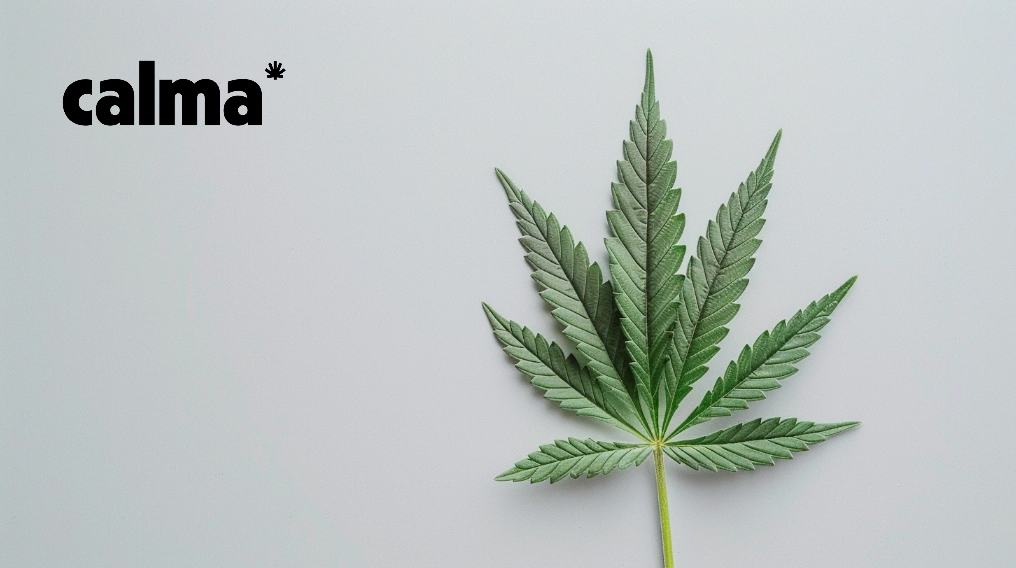

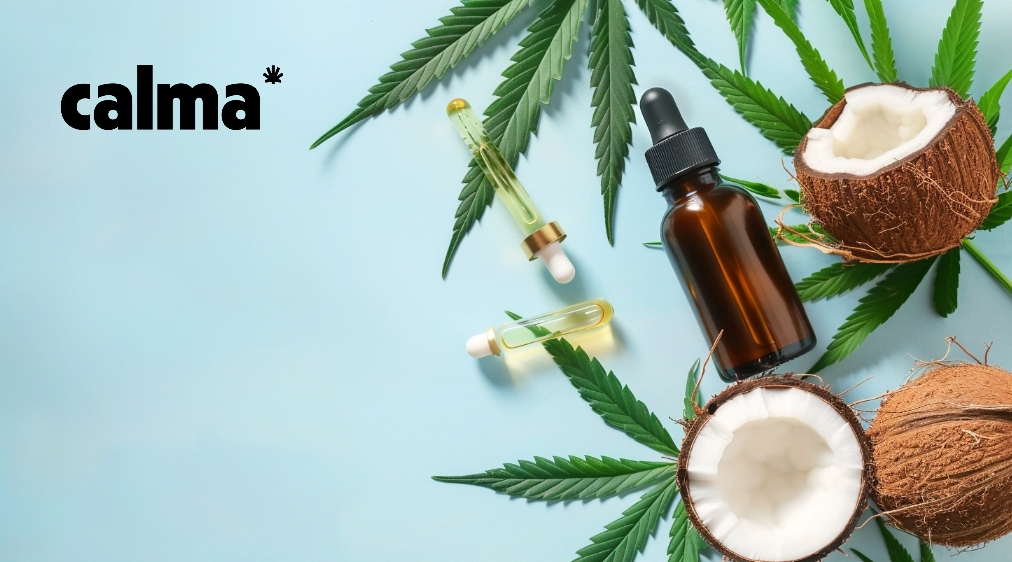

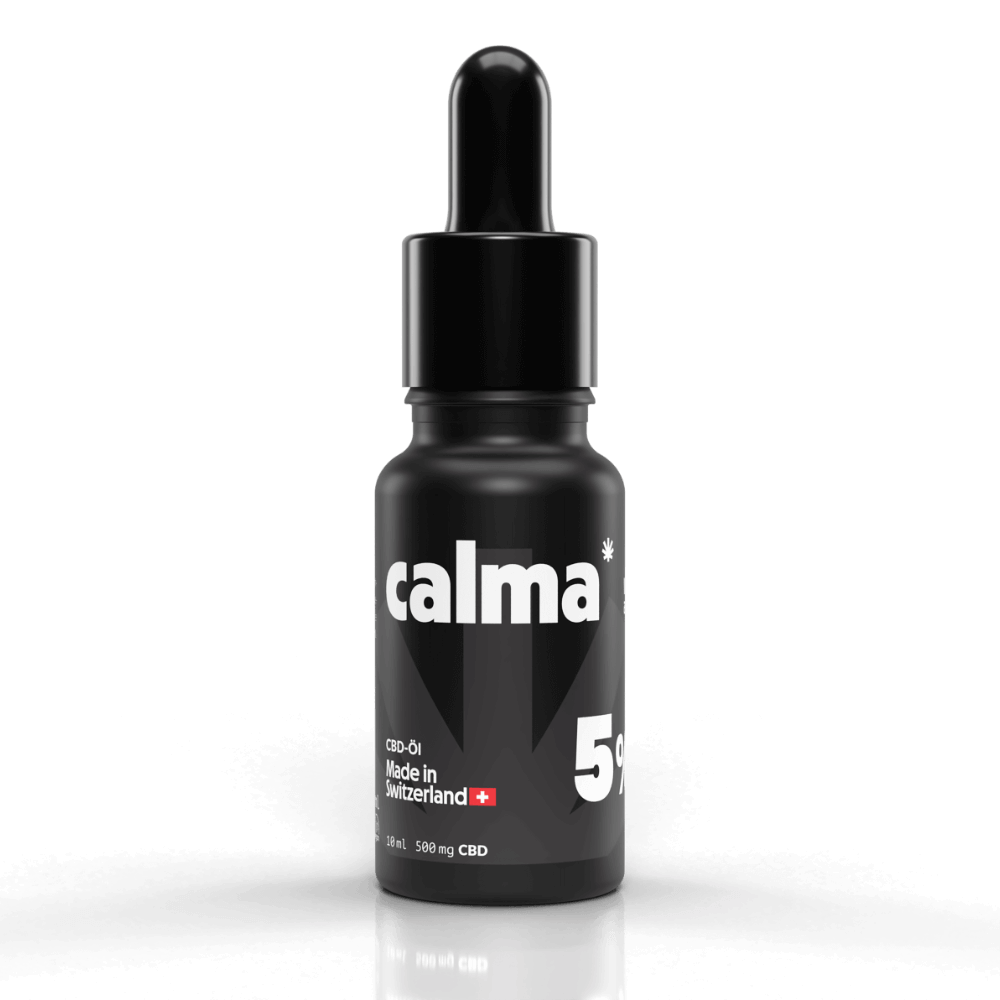

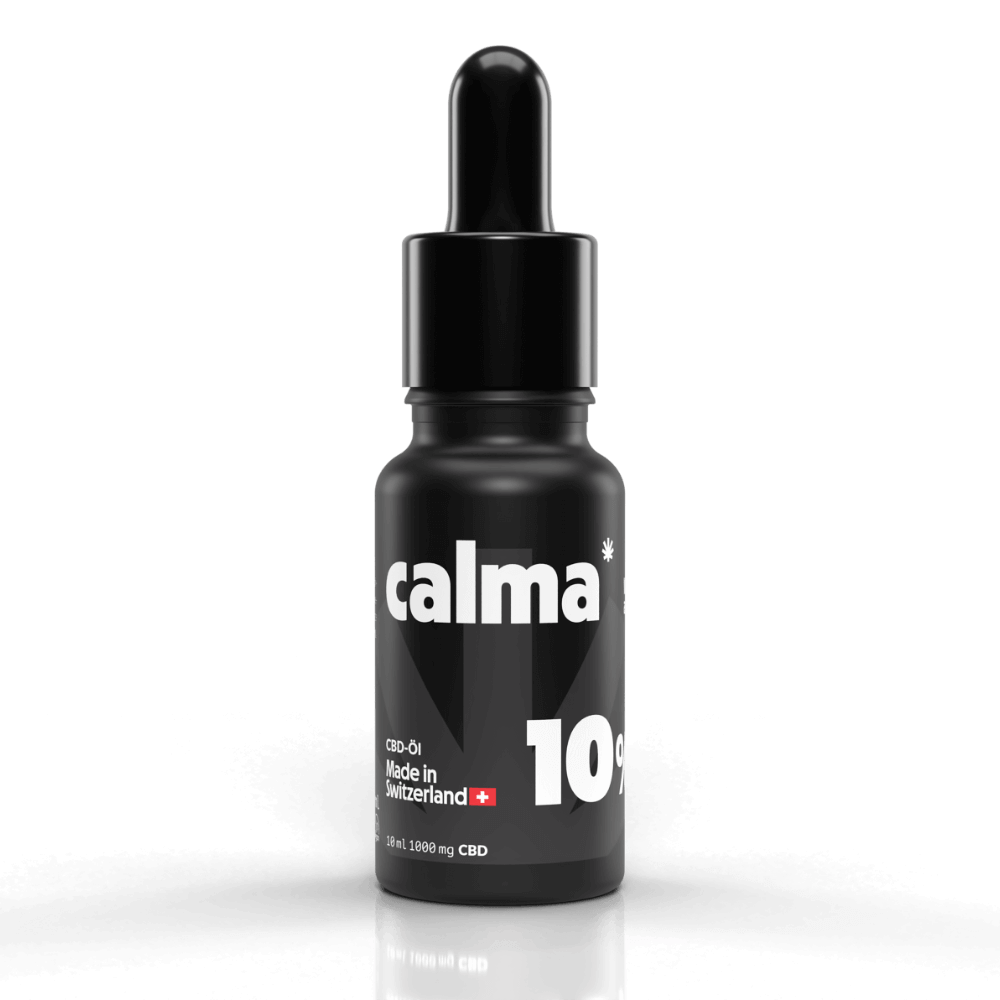
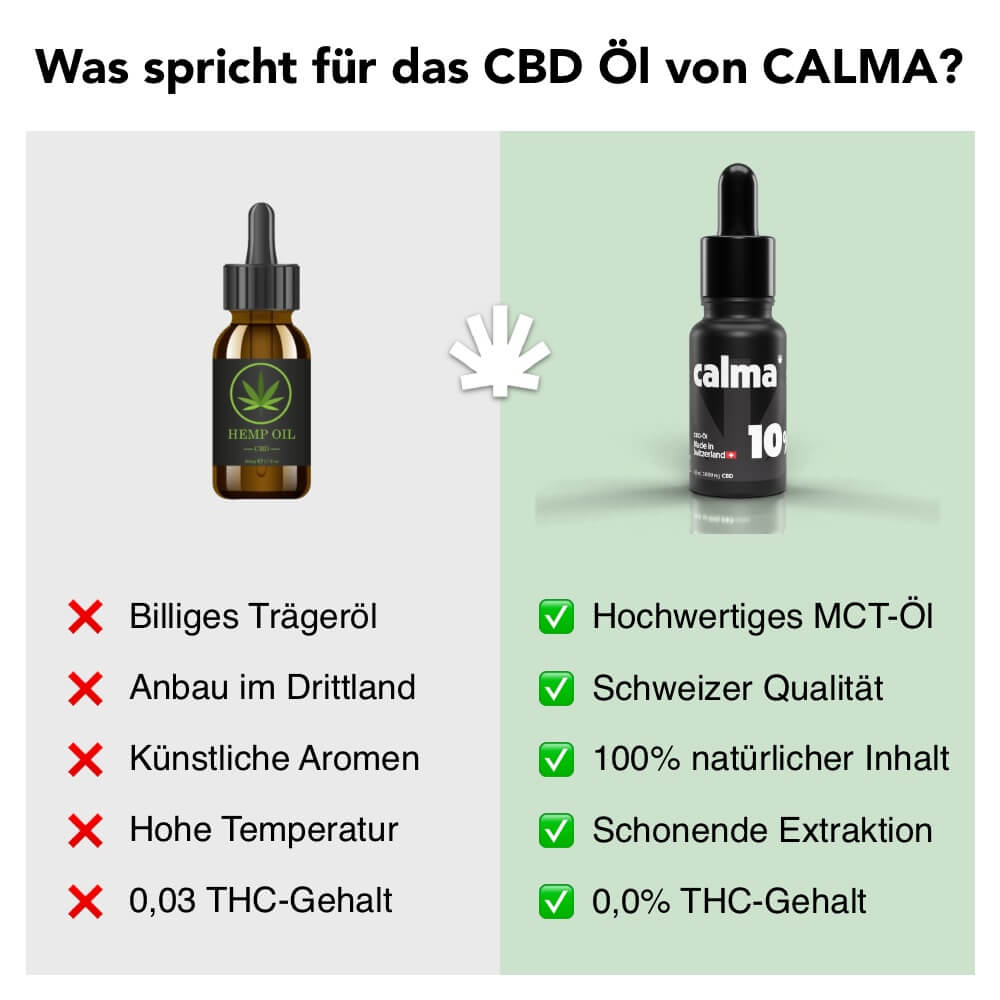
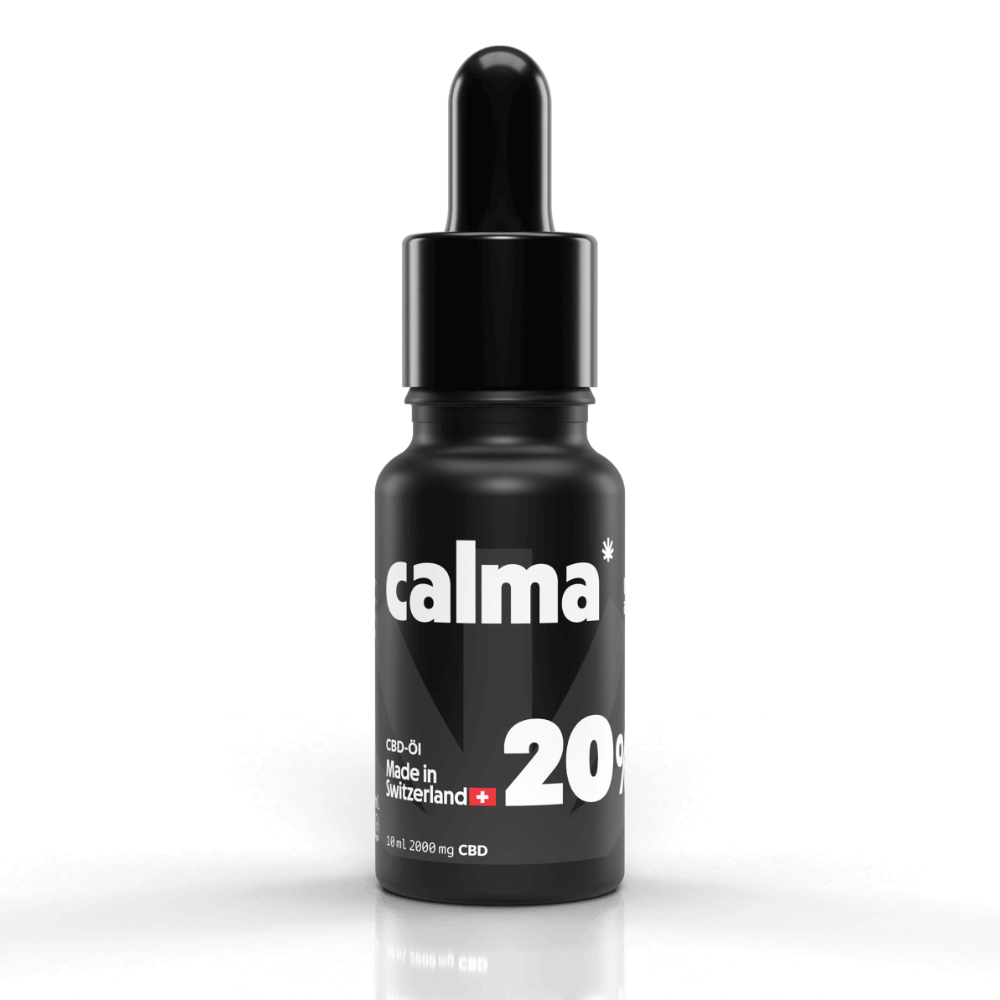

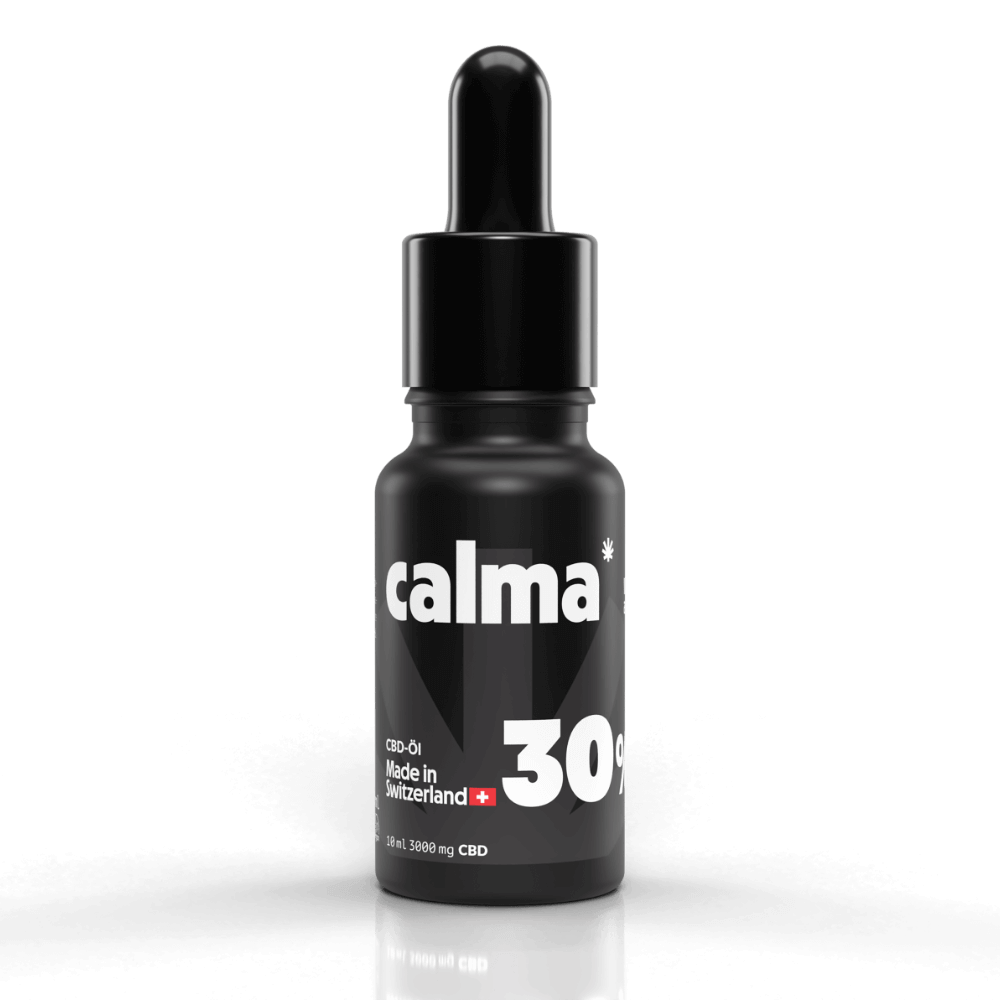
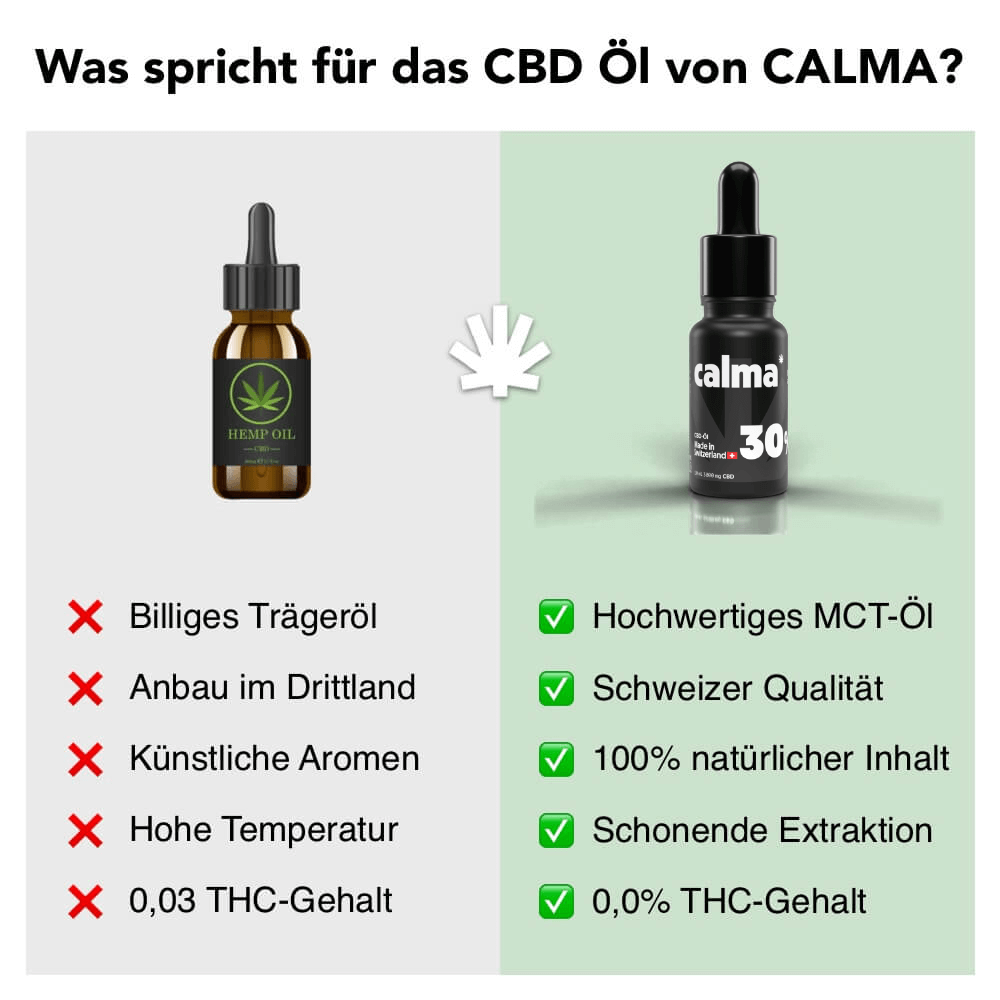
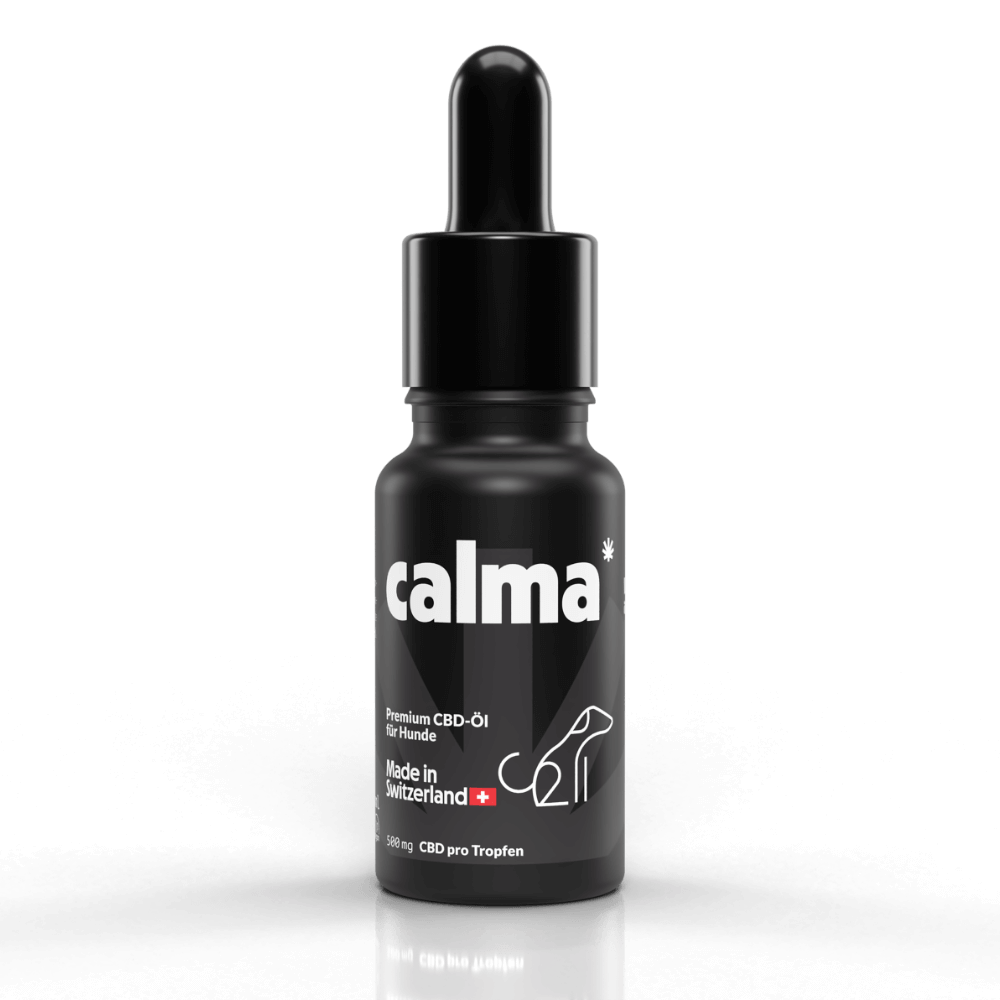
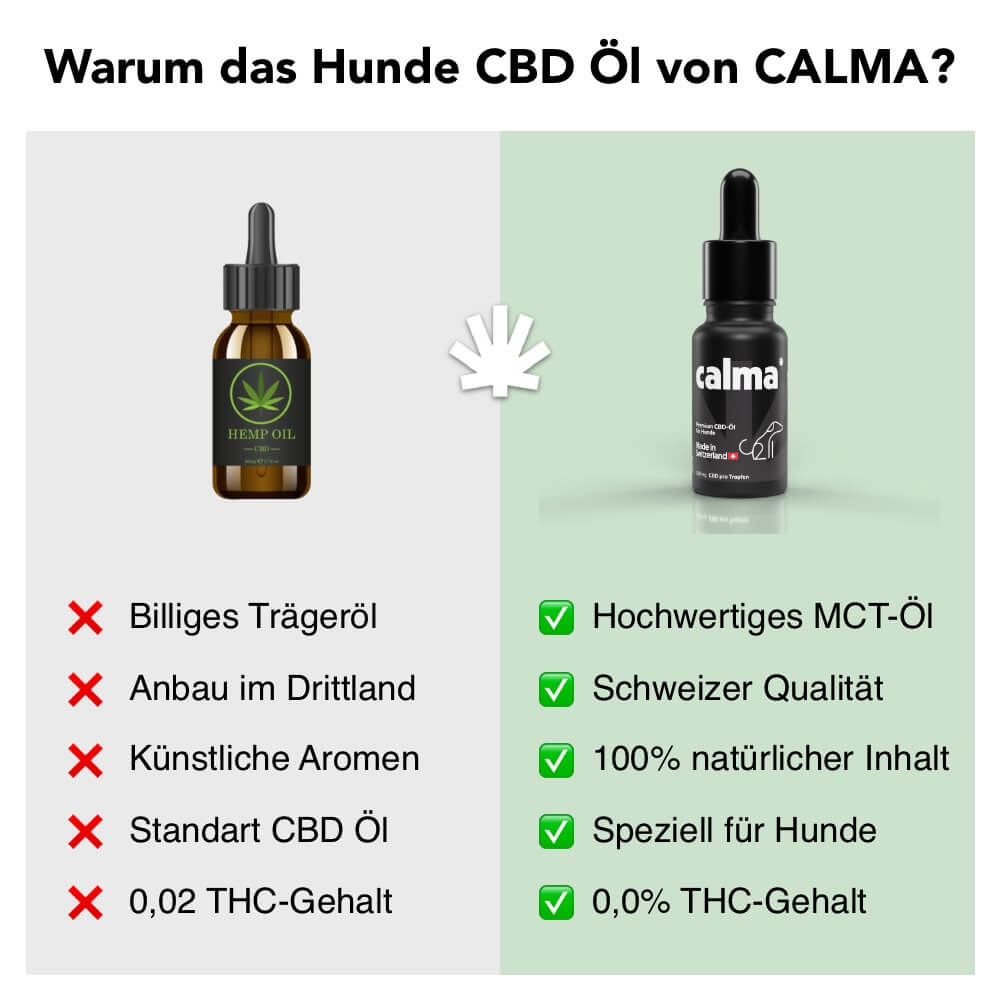
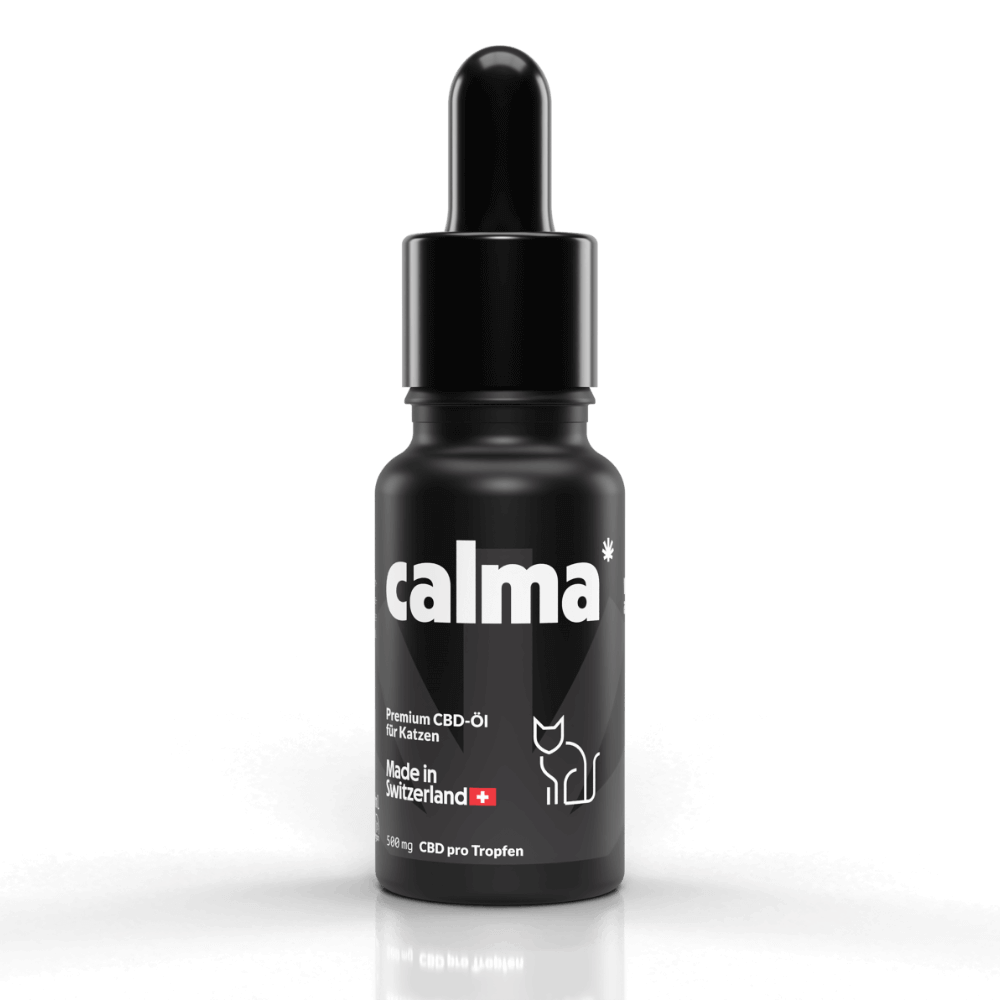
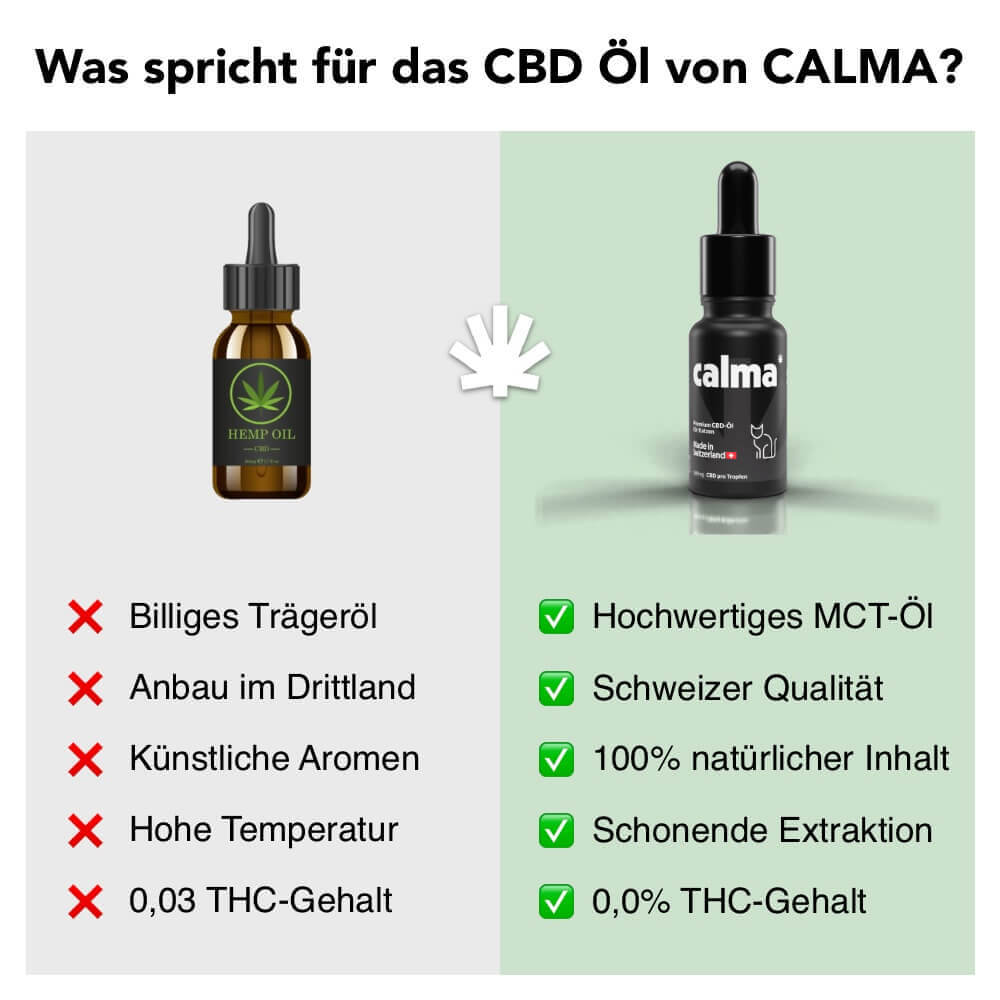
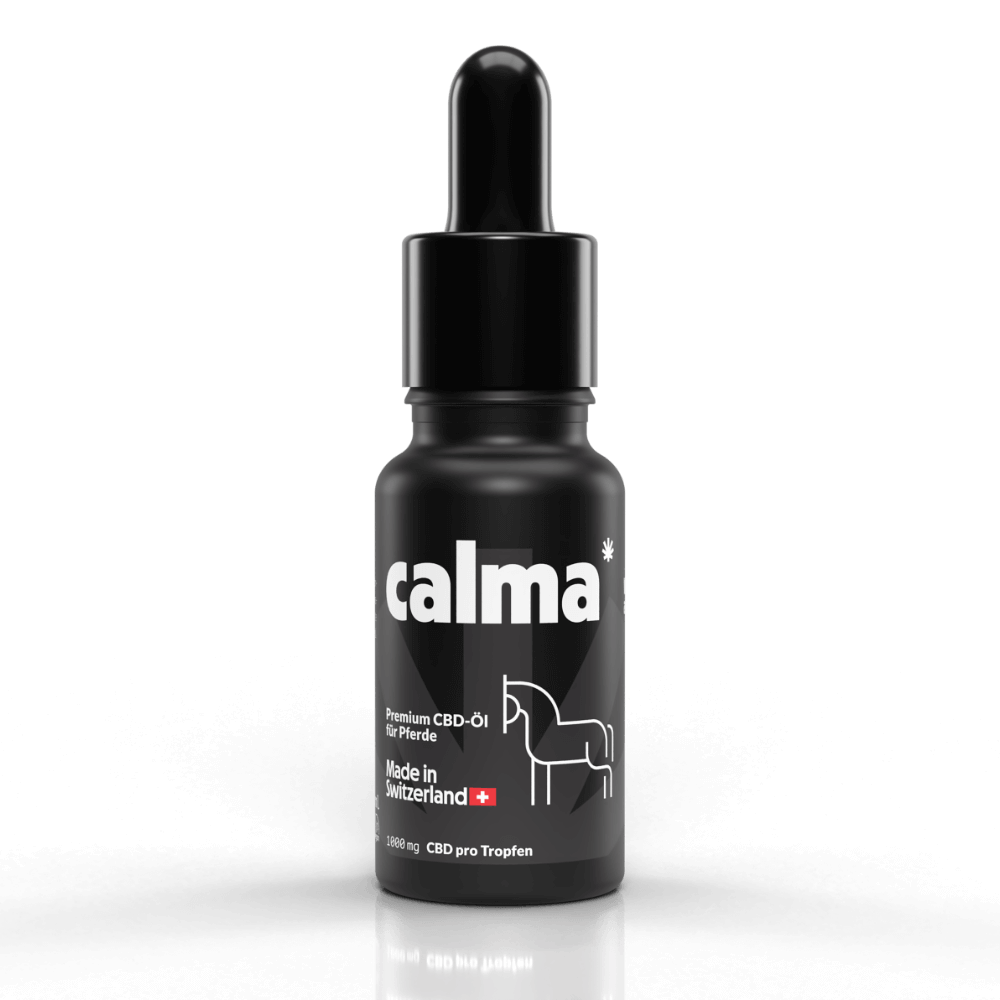
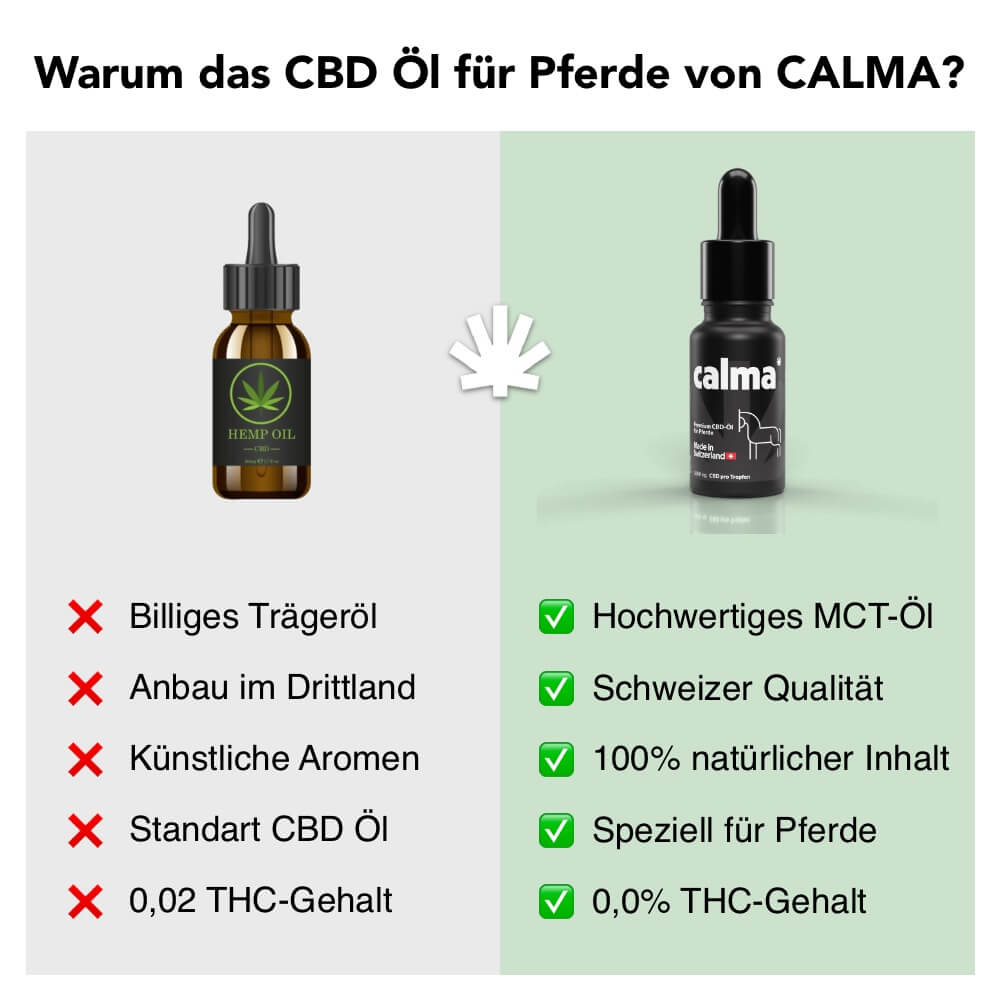
Leave a comment
All comments are moderated before being published.
This site is protected by hCaptcha and the hCaptcha Privacy Policy and Terms of Service apply.